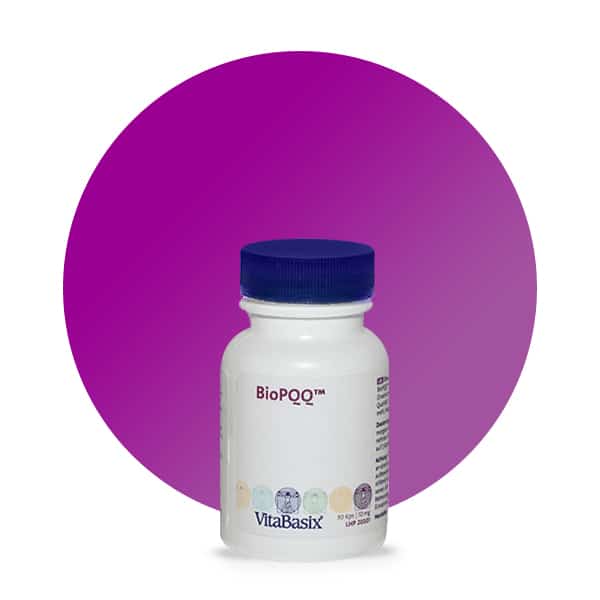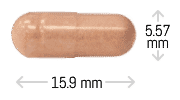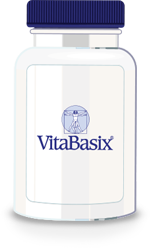Pyrroloquinoline quinone (abbreviated PQQ) was first identified in 1964 by the Norwegian biochemist Jens G. Hauge and recognized as an important cofactor in metabolic processes in bacteria. In 1967, the microbiologists C. Anthony and L. J. Zatman recognised that this previously unknown factor was also important for the degradation of alcohol; therefore they named the substance methoxatin. About 15 years later, the biologist S. A. Salisbury and his colleagues succeeded in isolating this substance from certain microorganisms and determining its exact chemical structure. But it was not until 2003 that the team of the Japanese brain researcher Tadafumi Kato discovered that PQQ also occurs in rodents and other mammals, including humans.
PQQ is an important redox cofactor that can be classified as a new B vitamin along the lines of niacin or riboflavin. PQQ is found in numerous foods, such as some fruits and vegetables, soy products and tea. In fact, however, the highest amounts of the substance are found in natto (fermented soybeans).
Although the official classification of PQQ as a vitamin was questioned for a long time, scientists now agree that it is indeed an essential vitamin. Thus, in 2003, 55 years after the discovery of the last vitamin, vitamin B12 in 1948, this new substance was added to the vitamin family.
The status of PQQ as a true vitamin has been demonstrated both because of its structural similarity to vitamin B2 and vitamin B3 and because PQQ cannot be formed independently by most organisms and must instead be ingested through the diet.
To this day, the mystery of how exactly PQQ works has not been completely solved. What is certain, however, is that PQQ is a significant cofactor in various reduction and oxidation reactions. The energy released when PQQ-H2 is converted back into PQQ can be used with the help of the respiratory chain enzyme to form energy-bearing ATP from ADP, especially in the mitochondria.
PQQ can not only promote the function of mitochondria already present, but also help to increase the number of intracellular mitochondria in various tissues.
Another function of this new vitamin is to regulate the metabolism of the amino acid lysine. The latter ensures healthy cell growth and a functioning immune defence. In addition, the amino acid is involved in collagen formation and thus keeps skin, hair and nails supple.
If the absorption of PQQ through the diet is not sufficient or there is an increased need, this nutrient can be supplemented through special food supplements.






 Chronobrands
Chronobrands



Reviews
There are no reviews yet.